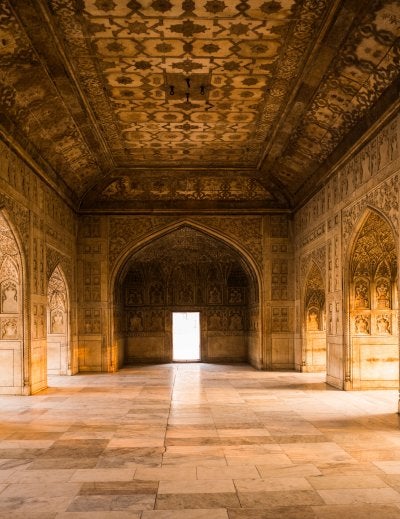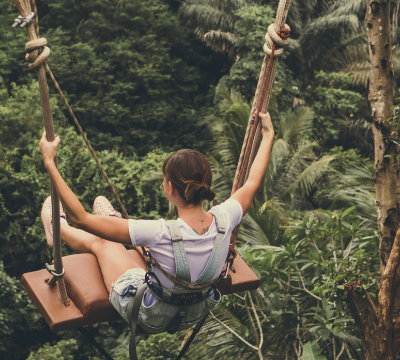What is slow travel and what is its particularity?
We live in a hectic world, where everything is happening at great speed. The quick and easy access to all kinds of information makes us easily distracted and away from really important things that are happening around us. A situation that also happens when we travel. So, what is slow travel?
The new trend is known as slow travel or the philosophy of traveling without haste. They teach us to disconnect, slow down and enjoy the holidays and the people we know when we travel.
What is slow travel – Travel enjoying and without hurry
This new alternative comes to debate with mass tourism. No more all-inclusive packages. An endless list of excursions, scheduled trips, low-cost flights that make trips further and spend more time on the plane or in other cases more time on the road than at the destination. And what is slow travel?
The culture of traveling without haste focuses more on the quality of travel. It arrives to change the method of filling lists of cities and places. To defend the new way what is slow travel, a new mechanism that invites us to share more with the local people calmly and in tune with the environment.
What does slow travel propose?
Europe as a cradle, the trend of “slow travel” defends the idea of traveling and knowing a country. It means to calm down and to know their regions, their culture, and their language. As well as understanding their traditions, their way of life, their gastronomy and their products.
This new way of traveling comes to become a fundamental pillar in the defense of sustainable tourism. An argument used by referents in the fight for environmental commitment. Respect for the environment and growing awareness join the commitment to sustainability. It leads us to the defense of diversity in customs, gastronomy, folklore, language. From knowing the mystery of the Maori to what remains of the pre-Columbian cultures in America, enjoying the colonial charms of Cartagena and Santa Marta in Colombia as an example. All hand in hand with the locals.
Where does this new way of travel come from?
This movement began at the end of the 80s as a response to the accelerated pace of life we live in cities. As a movement against standardized fast-food that went against the values of local cuisine.
With it, the slow food was born, an association that advocates local tradition, good food and knowing a place through the palate. Gradually the movement expanded and not only was used to counter the tyranny of hamburgers and fast food. It became a way of life and not far from being able to be an alternative travel proposal.
This gastronomic impulse did not take long to expand as a need to lower that accelerated pace of life to other areas, also reflected in tourism. A trend that came from time ago, because we find antecedents already in the Industrial Revolution to answer the dizzying future of our modern societies.
The quiet and comfortable way that is slow travel
Now when your vacations end, you should not feel more exhausted than when you started. Now in the summer, winter holidays or on your days off, you can search for cities, hotels, houses that offer slow travel and have a few days of tranquility and comfort. How could you do in the best natural parks in Canada where you can disconnect.
How about having a few days on your vacation to enjoy a good chat, a typical meal prepared by local people, with harvest products? A way of traveling that can also be very tempting, and that also requires time, so it is suggested that the stay should be a minimum of 3 days.
And, going on vacation, sometimes, seems more like a competition for “not missing anything” than a few days off to enjoy the hours.
Travel, living, and feeling
One of the pillars of this philosophy is to change the perception of travel. Nor is it to do nothing, just appreciate the moment. Value the little things that make this place unique. See life go by, understand the way of life of the people of that place knowing where they come from. Deepen the conversations we establish with our travel companions.
The movement is gaining more and more strength, driven by its environmental proposal, more and more platforms are organizing this form of travel based on experiences of low impact for the environment and high value for people interested in traveling. Enjoy the surroundings. It’s long walking, meet the people around you, value your own and handmade product. Pamper yourself with travel, culture, and landscape. Allow us to enjoy without feeling that there is a goal we must reach. Stop collecting stamps and collect moments.


